These are the 10 most consumed foods in the world with an estimated total joint production of 2,370 million tons per year. No matter what country is on your travel itinerary, there’s a good chance you’ll be able to try a typical dish that contains one of these delicacies.
SEE ALSO:
- Japanese Sweets Too Cute To Eat
- 10 Fun Facts About Chocolate
- Do you know what the “Ms” of M&M’s stand for?
10 – Cassava.
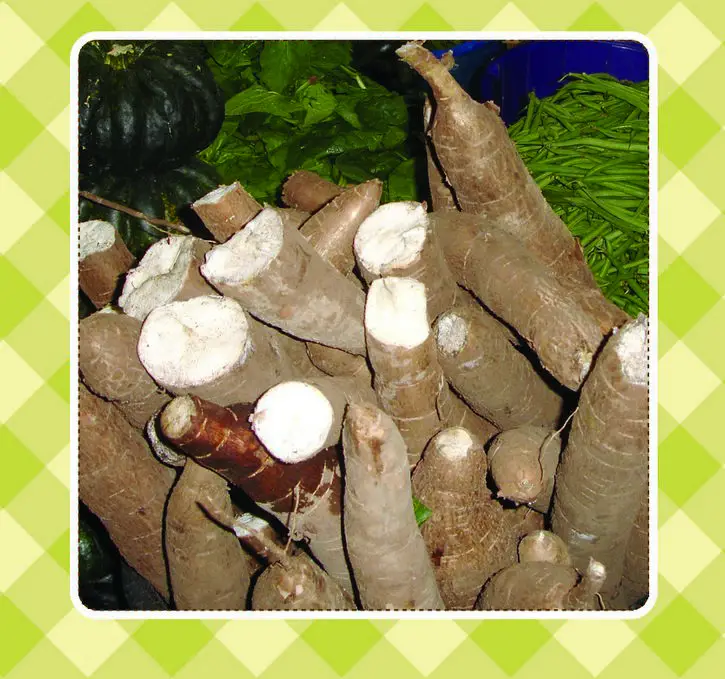
Native to the southern part of the Amazon, cassava owes its domestication and diversification throughout South America to the Tupi people, who began this process more than 5,000 years ago. When Portugal colonized the region that now belongs to Brazil, it took the product to various areas of Africa.
By 1575, cassava had become the main food of workers in Angola. Currently, the root of this shrub is the basis of the diet of several countries in the region. In the Congo, flour produced from the roots is mixed with other tubers to produce a dough known as fufu.
Total production: 95 million tonnes per year
Largest consumer: Congo, 261.4 kg per person per year.
9 – Pork.

It’s really interesting that pork is on the list, as about 24% of the world’s population is forbidden to eat it. We are talking about the followers of Islam and Judaism, religious doctrines that strictly prohibit their consumption. However, adherents of other religions make up for it: For example, in Austria even the nose of a pig is considered a delicacy.
Total production: 105 million tonnes per year.
Largest consumer: Austria, 65.5 kg per person per year.
8 – Corn.
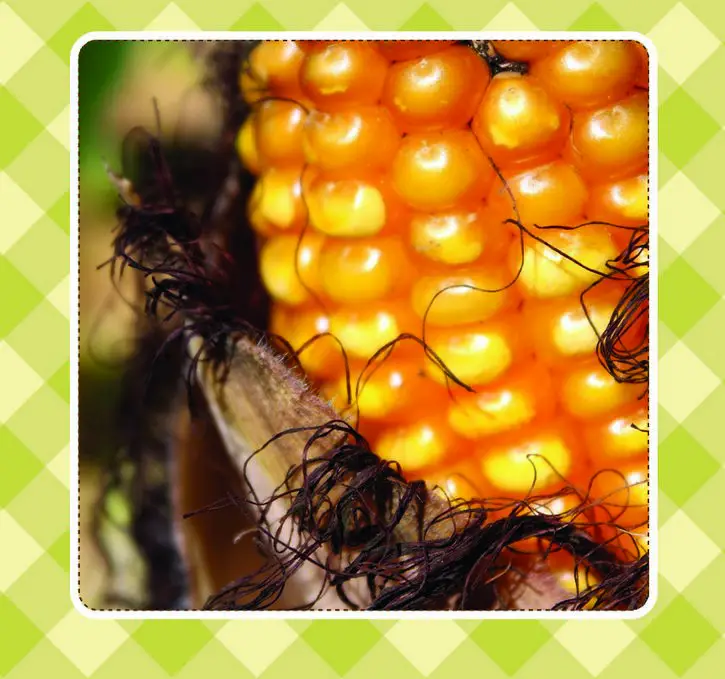
Maize was domesticated in the southern part of what is now Mexico and was already cultivated throughout the Americas when the first Europeans arrived in the New World. It has become a staple in the culinary tradition of various countries, as it is cheap and can be used in many different ways – even as popcorn.
In the Kingdom of Lesotho, a small country located in the interior of South Africa, they turn it into a kind of porridge called pap-pap, which they usually accompany with a vegetable stew.
Total production: 113 million tonnes per year.
Largest consumer: Lesotho (149.4 kg per person per year).
7 – Tomato.
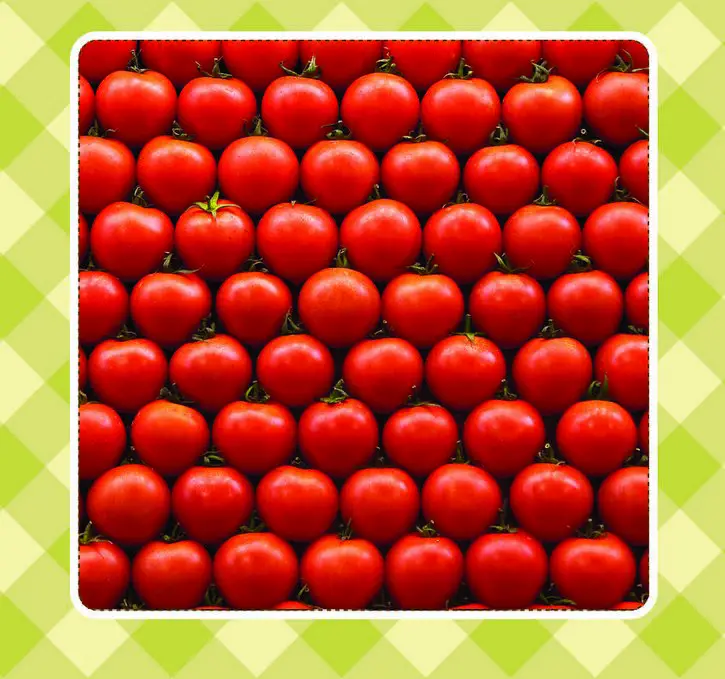
In 1544 an Italian botanist classified the tomato, brought to Europe relatively recently, as a “new type of eggplant.” And it was close, because tomatoes and eggplants are from the same family. The name comes from the Nahuatl term “xitomatl” (“navel-bearing fruit”), but it arose in South America, in the Andes.
Total production: 136 million tons per year.
Largest consumer: Libya (150.3 kg per person per year).
6 – Sugar.

In Mexico, the sugar we are used to consuming is that which comes from sugarcane, but it can actually be obtained from various plants. For example, sugar beet was “invented” around the 16th century and began to be methodically produced in 1747 in Germany.
Currently, sugar is one of the great villains that harm global health, generating problems such as obesity and diabetes. The United States is just behind Malta in the ranking of the largest consumers of sugar.
Total production: 154 million tonnes per year.
Largest consumer: Malta (64.6 kg per person per year).
5 – Beer.

Belgium produces the best “blondes” in the world. But it’s their neighbors who are steeping their glasses. On average, the Dutch drink about half a liter of beer a day. In Egypt, beer was considered a remedy. In the south of the country, bones dating back to 500 A.D. were found, which contained traces of the antibiotic tetracycline, probably contained in the drink.
Total production: 166 million tons per year.
Largest consumer: Netherlands (177.8 kg per person per year).
4 – Pope.

The potato is a food native to Peru that, when it was brought by the Spanish colonizers to Europe, ended up frightening the peasants, because its fruits can cause stomach pain and even death by poisoning. At that time they did not suspect that green potatoes should not be eaten.
But because it adapts easily to various climates, possesses excellent nutritional value, and is delicious, it ended up becoming popular. In Belarus alone, potatoes are an ingredient in more than 300 typical dishes.
Total production: 217 million tonnes per year.
Largest consumer: Belarus (182.2 kg per person per year).
3 – Rice.
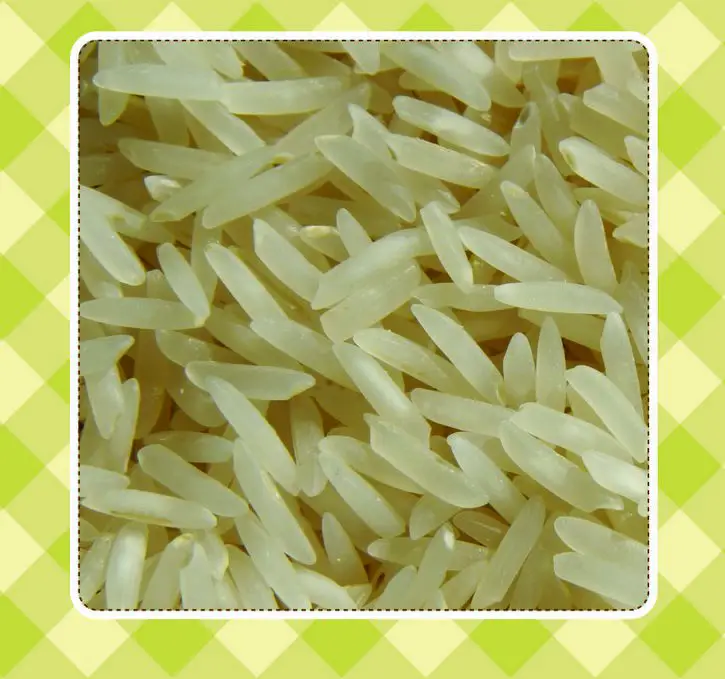
Rice appeared in present-day China more than 9,000 years ago, which is why it has become so deeply rooted in Eastern culture. In Bangladesh, “rice” is synonymous with “food.” The country’s climate is perfect for the cultivation of this cereal, as its plantation requires extensive flooded areas and Bangladesh, in addition to having three large rivers, has monsoons that leave a lot of rain between the months of June and October.
Total production: 354 million tonnes per year.
Largest consumer: Bangladesh (173.3 kg per person per year).
2 – Wheat.
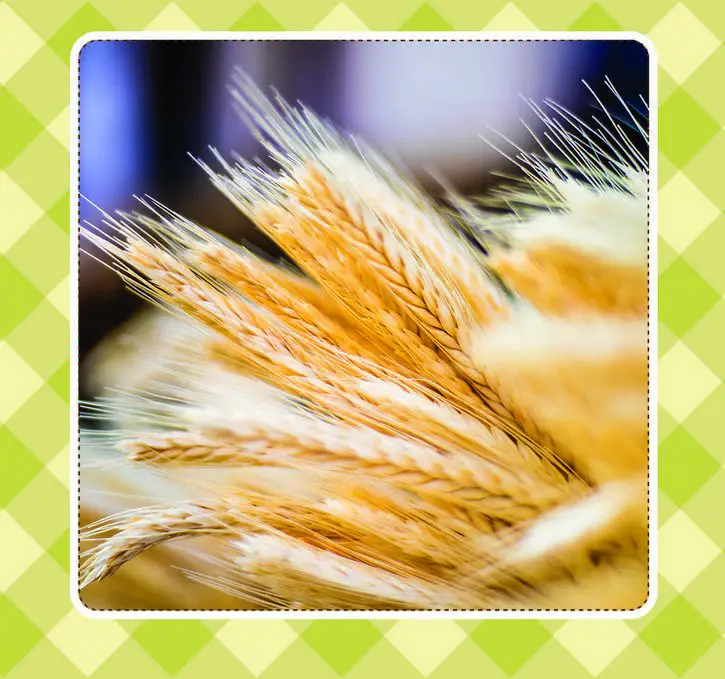
Many historians point to wheat as a pillar of human civilizations based on large cities, such as the Babylonian and Assyrian. This is because the cereal adapts to various climates, can be grown on a large scale and stored for long periods of time (up to three decades, in environments free of moisture and heat). In Azerbaijan, 56% of the calories consumed by the population come from wheat.
Total production: 439 million tonnes per year.
Largest consumer: Azerbaijan (207.5 kg per person per year).
1 – Milk and its derivatives.

All mammals feed on milk, even if only in the first few years of life. In theory, when we grow up, we no longer need to feed on milk. But our love affair with this drink is intense and very old – artifacts destined for the production of cheese were found in Poland that are more than 8 thousand years old.
In Finland they consume enough milk to compensate for the limited availability of fresh vegetables in that cold and humid region. Fortunately, a genetic mutation made the Nordics more lactose tolerant. While in Thailand 90% of adults cannot digest milk well, in Finland that percentage drops to 17%.
Total production: 589 million tonnes per year.
Largest consumer: Finland (379.2 kg per person per year).
Source: Food and Agriculture Organization of the United Nations (FAO), 2016.



Comments